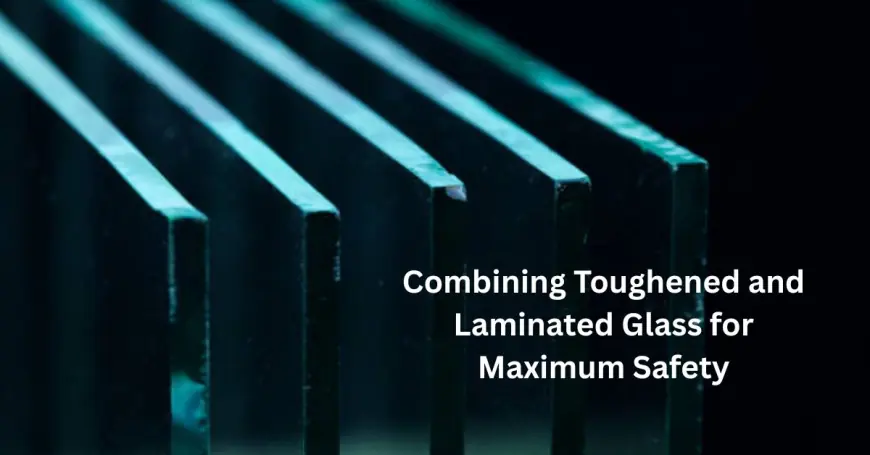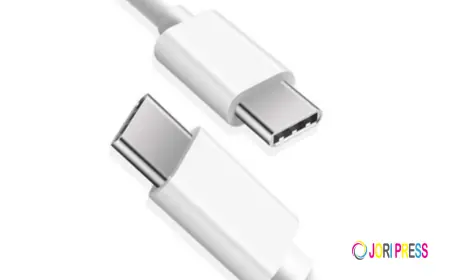Combining Toughened and Laminated Glass for Maximum Safety
Discover how combining toughened and laminated glass enhances safety, durability, and protection for residential and commercial applications.

In modern architecture, safety and aesthetics go hand in hand. Homeowners and commercial builders alike are increasingly turning to solutions that provide both visual appeal and robust structural integrity. One of the most effective combinations used today in high-traffic or elevated spaces is the pairing of toughened and laminated glass. Especially in urban environments like Double Glazing Sydney projects, where sound insulation, safety, and thermal efficiency are priorities, combining these two glass types is quickly becoming a standard practice.
The importance of glass in today’s construction landscape goes far beyond transparency. Glass functions as a safety barrier, an energy regulator, and even a noise buffer. This is why understanding how toughened and laminated glass work individually and in tandem is crucial for anyone involved in design, construction, or renovation.
Understanding Toughened Glass: Strength with Safety
Toughened glass, also known as tempered glass, is processed through controlled thermal treatments to increase its strength. It is approximately four to five times stronger than standard annealed glass. The tempering process changes the internal structure of the glass, allowing it to handle greater pressure and thermal fluctuations.
When it does break, toughened glass shatters into small, blunt-edged fragments rather than large, dangerous shards. This shatter pattern significantly reduces the risk of injury, making it ideal for applications such as shower screens, glass doors, and balustrades. Its impact resistance and thermal performance have made it an essential component in both residential and commercial glass installations.
Exploring Laminated Glass: Built-in Safety Layers
Laminated glass is a type of safety glass made by bonding two or more layers of glass with an interlayer, usually made from polyvinyl butyral (PVB) or ethylene-vinyl acetate (EVA). This interlayer holds the glass together even when broken, keeping the structure largely intact and preventing shards from scattering.
This characteristic makes laminated glass especially valuable in locations where fall protection is required or where the risk of human impact is higher. Beyond safety, laminated glass also offers excellent sound insulation and UV protection, which adds another layer of practicality in urban developments.
The Power of Combination: Toughened + Laminated Glass
By combining toughened and laminated glass, you get the best of both worlds. Toughened laminated glass is essentially multiple layers of toughened glass bonded with an interlayer, resulting in superior strength, durability, and safety. This hybrid structure ensures that even under extreme conditions, the glass will resist shattering and stay in place.
For example, in multi-storey buildings or commercial premises with large foot traffic, this combination is not just a safety measure but a compliance necessity. Many building codes and standards globally, including those in Australia, now recommend or mandate the use of this dual-glass setup for critical safety areas.
Real-World Applications: Where Safety Meets Style
The combined use of toughened and laminated glass is ideal for a variety of applications:
- Glass Balustrades: These provide unobstructed views while ensuring people are protected from falls. Combining glass types enhances their load-bearing capacity and impact resistance.
- Skylights and Roof Glazing: Protection against breakage due to falling objects or extreme weather is enhanced.
- Glass Floors and Stairs: High durability is a must where the risk of slipping or falling exists.
- Commercial Storefronts: These must withstand both environmental factors and potential break-in attempts.
- High-rise Windows and Façades: Here, strength and the ability to stay intact in storms or seismic events are critical.
Acoustic and Thermal Benefits
Besides physical safety, the combination also provides acoustic insulation. The interlayer in laminated glass dampens sound transmission, making it particularly valuable in city environments such as Sydney. Projects focused on Double Glazing Sydney often use this approach to combat urban noise pollution and enhance living comfort.
Thermally, the pairing supports energy-efficient building design. Laminated glass can include UV-reflective coatings, and when paired with toughened glass, it helps regulate indoor temperatures by reducing solar heat gain and minimizing heat loss.
Sustainability and Long-Term Value
Durability and longevity are key sustainability markers in construction materials. Using a combination of toughened and laminated glass means fewer replacements, less maintenance, and a lower carbon footprint over time. Moreover, many glass options today can be recycled or repurposed, aligning with green building goals.
From a long-term investment perspective, buildings that incorporate advanced glass systems are often seen as more desirable due to their enhanced safety, lower operational costs, and compliance with modern building regulations.
Regulatory Compliance and Best Practices
Meeting current building codes is non-negotiable in modern construction. Glass safety standards in Australia (such as AS1288 and AS2208) emphasize the importance of using appropriate glazing in safety-critical applications. These codes often recommend or require the use of toughened laminated glass in areas like stairwells, balconies, and partitions.
Beyond legal compliance, it’s also about peace of mind. Builders and designers who follow best practices by integrating dual-glass systems contribute to safer environments without compromising on style.
Interlinking Industry Insights
An in-depth understanding of how glass types contribute to structural safety can significantly influence design and planning. For instance, if you're wondering about the suitability of glass for balustrades or seeking a guide to safety glass options, this blog on glass balustrade safety provides a detailed comparison of toughened and laminated glass benefits.
Design Versatility with Safety in Mind
Modern architecture prioritizes open spaces, natural light, and minimalist design. Glass makes this possible, but not at the cost of safety. The beauty of using both toughened and laminated glass lies in the ability to maintain aesthetic goals while ensuring a structurally sound and safe building.
Designers can use clear, frosted, tinted, or even decorative laminated glass for creative finishes. When combined with toughened layers, the result is visually striking yet extremely secure.
Conclusion: The Smart Choice for Modern Builds
In today’s construction landscape, safety is more than just a requirement — it’s an expectation. Combining toughened and laminated glass not only meets regulatory norms but also delivers unmatched value in terms of durability, performance, and aesthetic flexibility.
Whether you're working on residential towers, commercial premises, or bespoke architectural designs, this glass combination serves as a future-proof solution that aligns with current trends in sustainability, safety, and smart design. Especially in markets like Double Glazing Sydney, where building efficiency and acoustic control are crucial, toughened laminated glass proves to be an optimal choice.
The future of glass in construction is not just about what you see through it, but how well it protects, performs, and enhances every space it fills.
What's Your Reaction?
 Like
0
Like
0
 Dislike
0
Dislike
0
 Love
0
Love
0
 Funny
0
Funny
0
 Angry
0
Angry
0
 Sad
0
Sad
0
 Wow
0
Wow
0


















































